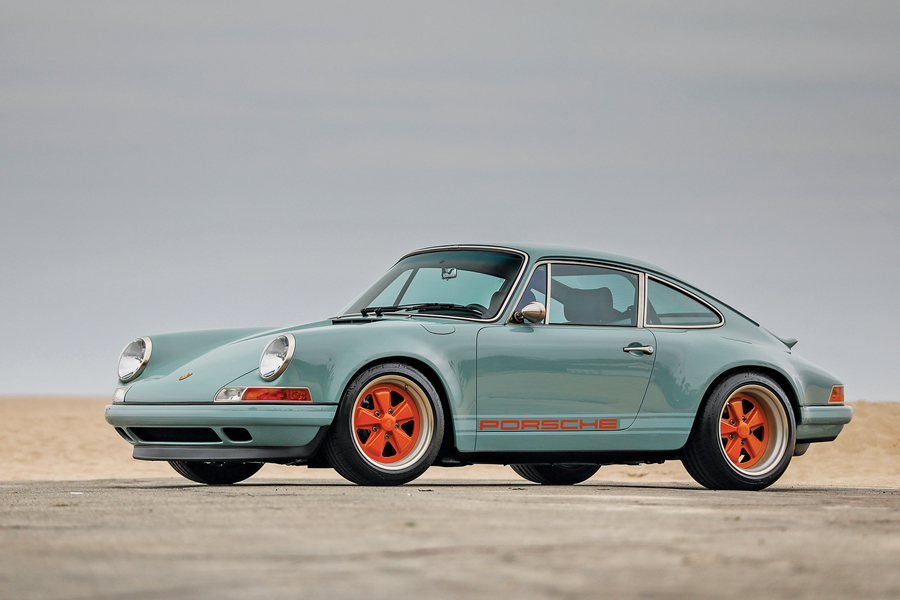- The first Singer-reimagined 911 offered at auction
- Completed in 2016 and known as the “Mountain View Car”
- Lightweight specification inspired by classic sports-purpose models
- Stunning Downton Blue and Singer Racing Orange livery
- Extraordinary attention to detail throughout
Chassis Number: WP0AB296XMS411191

